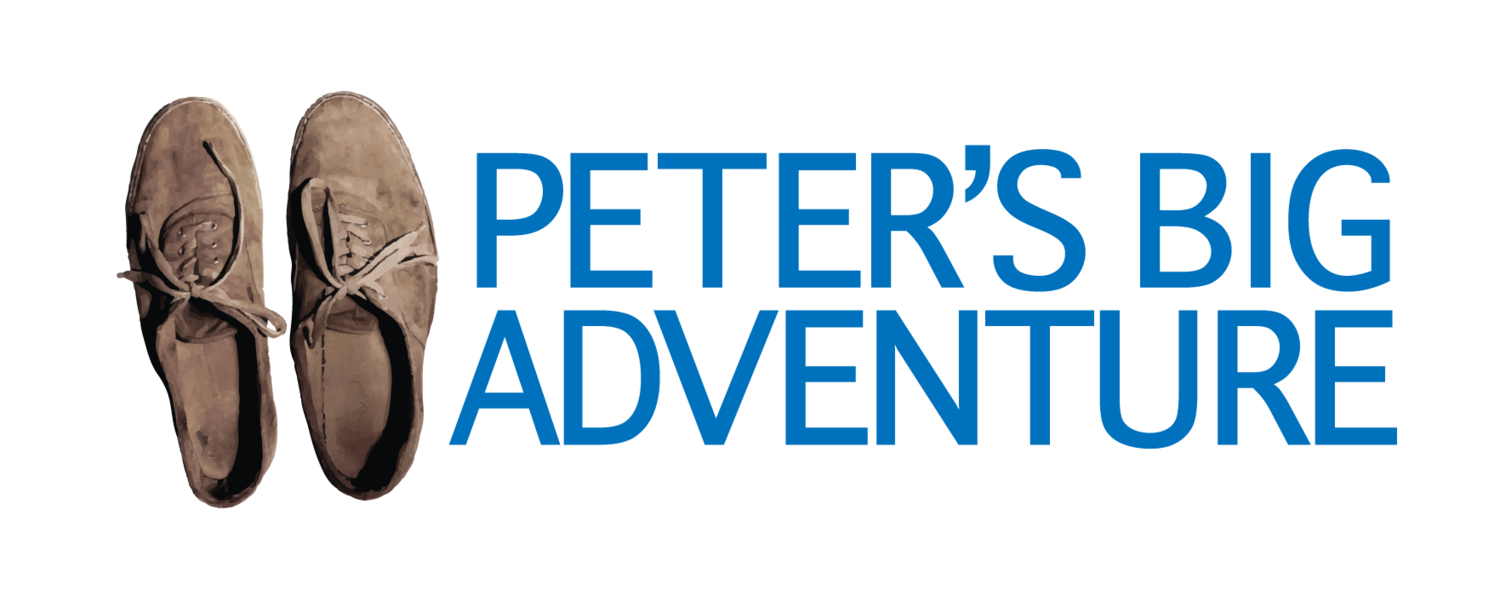Lake Sevan is the life blood of Armenia. This is the biggest water source in a small landlocked country, so its value as a natural resource cannot be overstated. It provides 90% of the fish consumed by Armenia, as well as a huge portion of the water used for agricultural irrigation and generation of electricity. And if you look at a map of Armenia, it’s probably the first geographic feature that you will notice. Armenia is not a big country—for my American readers, it’s about the size of Maryland—so a lake this big is hard to miss. Exactly how big is it? It’s about 1,900 squares miles, or about 1/6 of Armenia’s total surface area. That makes it a little more than half the size of Lake Erie. And at 312 ft deep, Lake Sevan is actually quite a bit deeper than Lake Erie. Although, it’s a bit less deep these days than it used to be.
Viewing entries tagged
armwz1
It was this event that prompted the creation of the term “genocide.” There wasn’t really a word for this before the world started to do business with what happened to the Armenians. I’m going to tell you this story now, and I’m sure you will start to notice some eerie parallels with the Holocaust. In fact, the two aren’t entirely unrelated. But before we dive in, I’m going to warn you, this will be disturbing.
Once we got a bit closer to the city center, the vibes quickly became more difficult to categorize. Fast forward a few hours and I was in my happy place: out on the streets with my camera. I was eager to jump to conclusions, but the further I walked the less I sure I became of what I thought I knew. Some times I would pick up Middle-Eastern vibes from open-air restaurants in city squares, other times I would get European vibes from the little Armenian bakeries tucked away somewhere on every block. And the architecture on those blocks sometimes seemed to be European-adjacent… but then on the next block the buildings were giant, brutalist concrete blocks, serving as a striking reminder of Armenia’s Soviet past.




